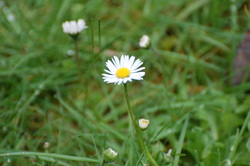 English Daisy (Bellis perennis) is a widespread exotic weed most commonly seen in lawns and other disturbed areas. There is can form impressive sweeps of white or pale pink in the early spring when it blooms. This is yet another weed that can be used in salads, although the leaves are best used when young, they become bitter as the plant ages. The word "daisy" is thought to come from the words "day's eye" in reference to the habit of this plant opening the flower in daylight and closing up again on cloudy days, or at night.
0 Comments
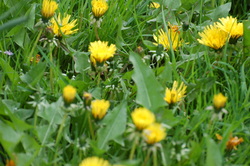 British Columbia has 5 species of Taraxacum, and this one, Taraxacum officinale is the commonest. Of the five, two are introduced and three are native. Here the main bloom of the species is late April or May, depending on the year, but flowers can pop out at any time, including warm spells in the winter. Dandelion is as well known for their seed heads as they are for their flowers and the parachuting seeds are amazing to watch on a windy day as the float soar away to disperse the seeds. The name is from the French "dent de lion" in reference to the jagged tooth leaves. Only one year did the Chocolate Lilies or Fritillaria affinis (formerly F. lanceolata) cover patches of the meadow as thickly as the first photograph shows. Usually they are in groups of two or three, just waiting for someone to discover their quiet, dark elegance in amongst the riot of colour that the rest of the spring flowers explode in. If we had fields annually I'd be tempted to try a very small sampling of the bulblets that are reported to be tender and delicate and somewhat like rice...only a bit bitter.
The banner across the top of this page shows the sweeping "blush" of Plectritis congesta that fills the places beneath and between the fading shooting stars and fawn lilies. The timing usually matches the subtle blue-eyed mary resulting in a clouds of bold pink, underscored with deep blue. Bumble bees and early flies are often found buzzing about sea blush, finding their way to the cluster of flowers that perch like a head atop the single stalk.
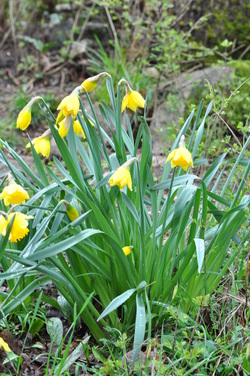 A. You are doing what for species a day?? B. You heard me, the daffodils. A. But is that in the spirit of this exercise? B. They have naturalized in the meadow, haven't they? A. Yes....but...just along the edge! And someone planted them. B. But we didn't; and besides that, did we plant the daphne or Himalayan blackberry or any of the other invasives that have been included here? Have we? A. No. But these are different. B. Why? A. We haven't pulled them out. B. Huh? A. I suppose they aren't just at the edge.... B. I am doing Narcissus pseudonarcissus A. Okay 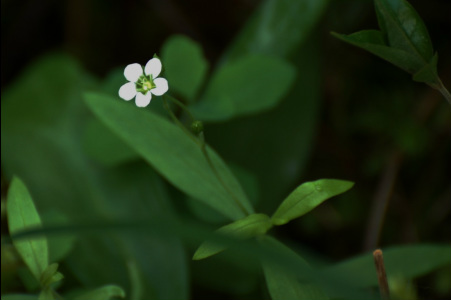 There was a time when many white-flowered plants in the Caryophyllaceae were in a large genus Arenaria, the Sandworts. Nowadays the genus has been split into several genera including Spergularia, Eremogone and Minuartia. This species is in still another genus and is now Moehringia lateriflora - which is considerably more difficult to remember, pronounce - and spell! Blunt-leaved Sandwort grows in both North America and Asia. Here at Leaning Oaks it grows in dry woodland and meadow edge, putting out dainty white five-petalled flowers in April and May. Where ever one travels in B.C. it seems ever present, it grew on my thesis area in the East Kootenays, it grows in the woods along the Tatshenshini River in extreme northwest of the province and in most forests in between. 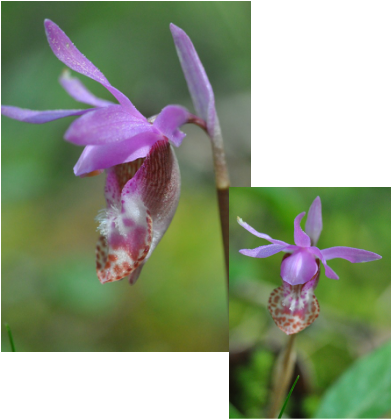 This orchid is found in the shade of the mossy forest and usually growing singly. Calypso bulbosa is a perennial herb grows from corms and I find them in the same location year after year. We have had visitors that can not believe that this exquisite, sweet smelling orchid is native. Despite being relatively common in a few localities, they should never be picked as that will usually result in the corm dying. According to Pojar and Mackinnon, Haida girls ate small quantities of the apparently buttery tasting corm to increase their busts. Don't do this either. Midway through the spring symphony of colour the delicate Lithophragma parviflorum stands tall, swaying gently and popping out with the palest of pale pink petals that look as though they have been cut out of paper and glued to a central disk. The range is southern BC to California and east to Utah and Colorado where it is found in mesic sites.
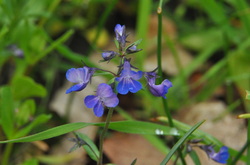 Subtle; Collinsia parviflora appears without the bang of the other meadow flowers.....but one day you look down and there are clouds of blue drifting between the grasses and other more brilliant blooms. There is a "large-flowered" version as well that are only a few millimeters larger. More subtleties! 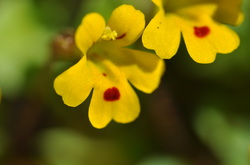 This tiny, cheery annual grows in vernal wet seeps. The thick masses of Mimulus alsinoides look like a solid yellow river tracing these seeps along a west facing cliff. As long as it doesn't get too warm or dry, they will last for a month or so. The red dot looks as though it must be a guide or landing pad for some pollinator but neither of us have seen anything on these flowers or can find a reference to a pollinator. |
AuthorsTwo biologists on a beautiful property armed with cameras, smart phones and a marginal knowledge of websites took up the challenge of documenting one species a day on that property. Join along! Posts and photographs by Leah Ramsay and David Fraser (unless otherwise stated); started January 1, 2014. Categories
All
Archives
January 2025
|
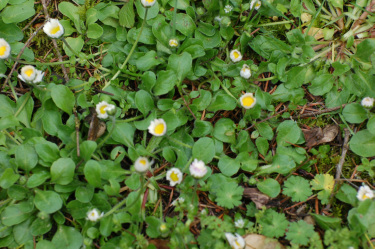
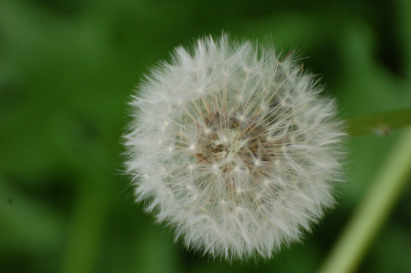
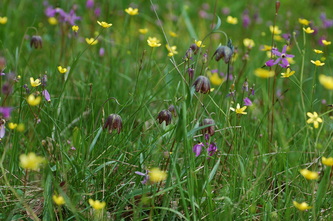
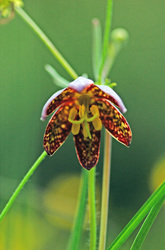
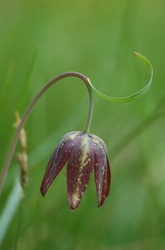
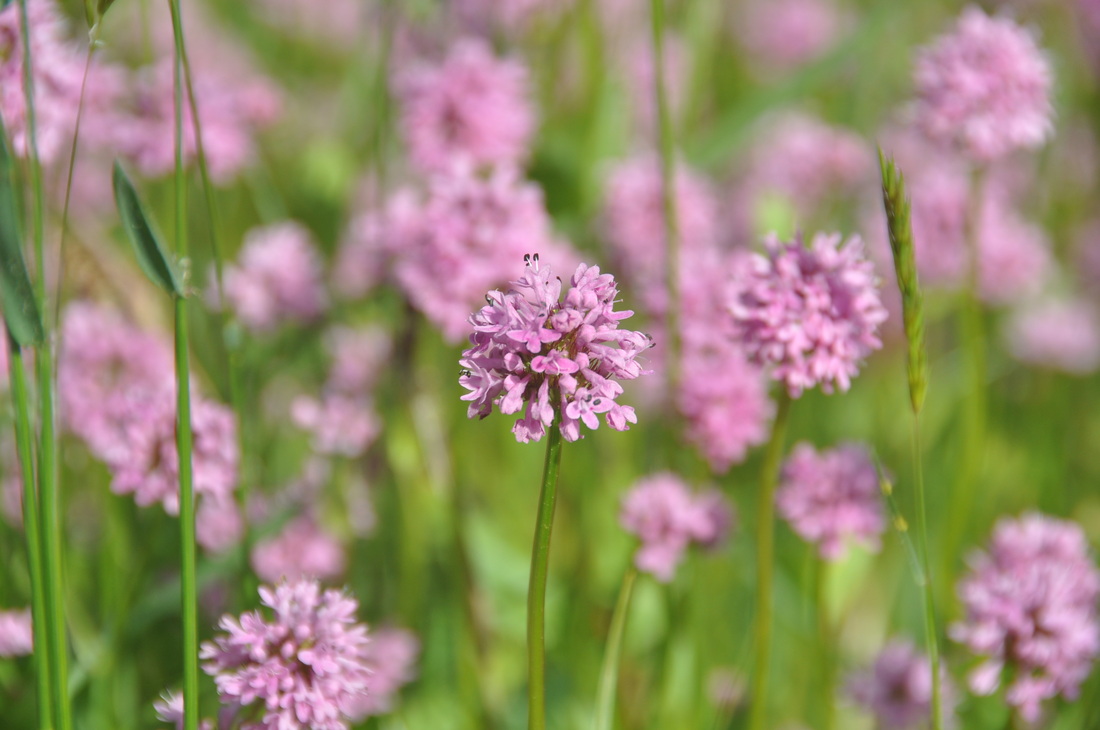
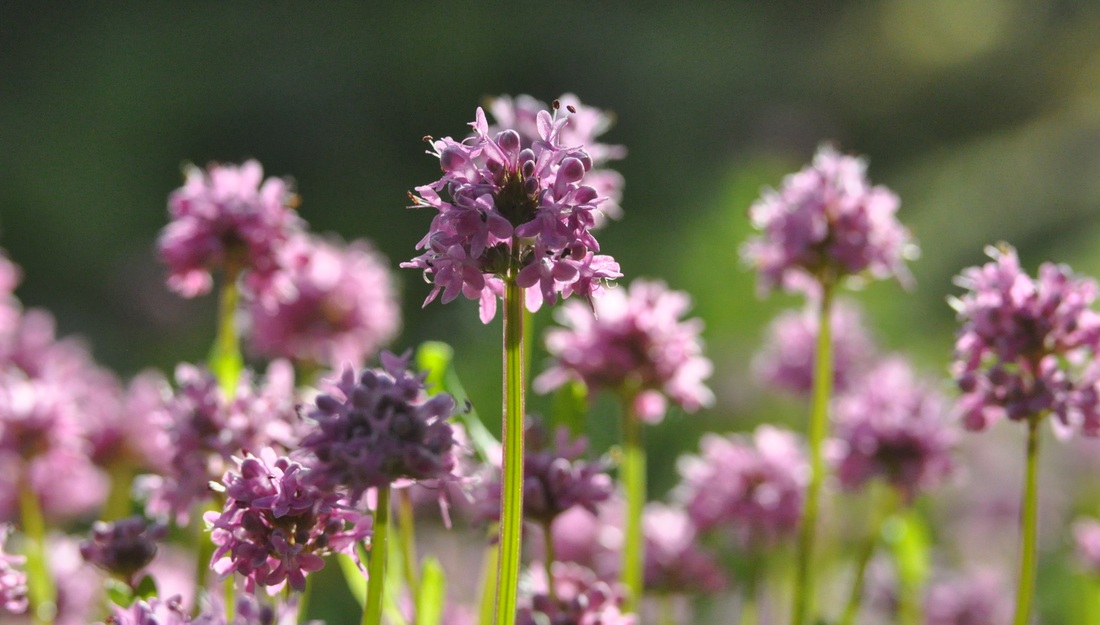
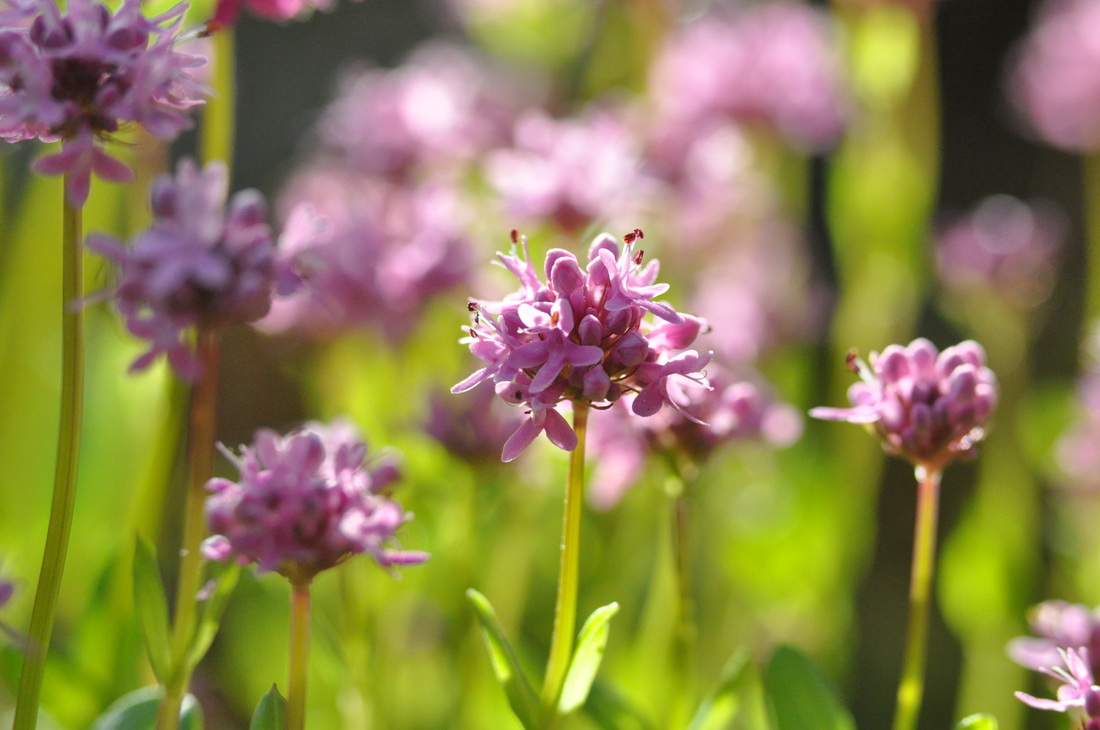
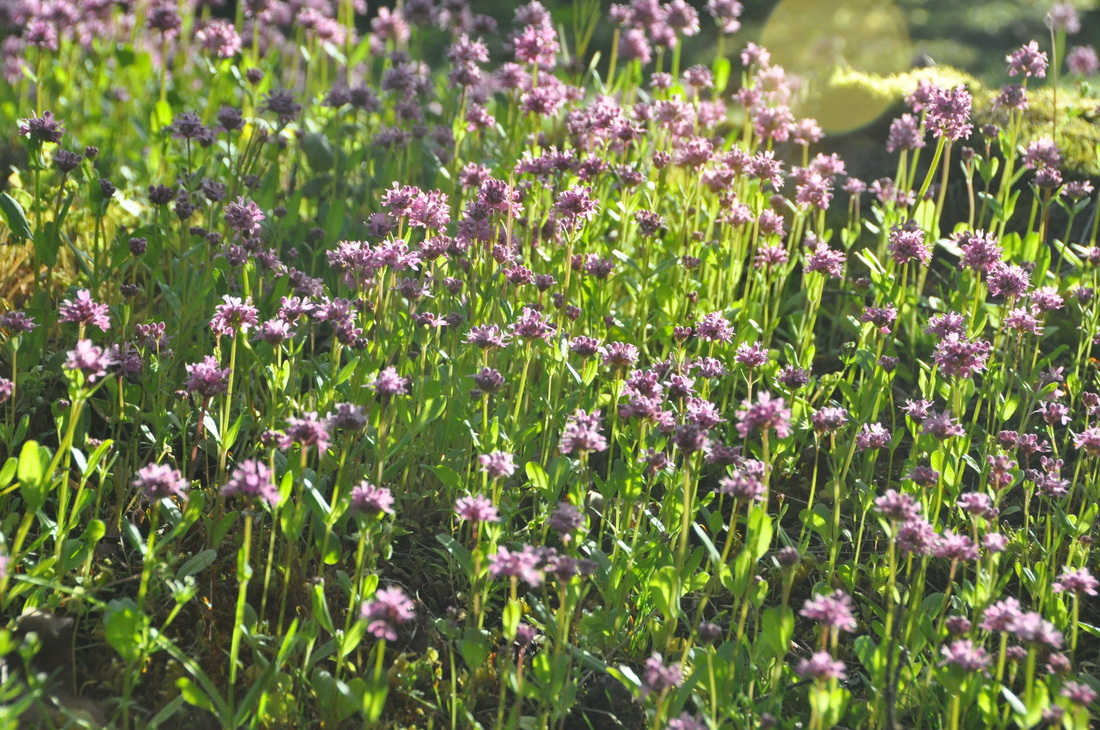
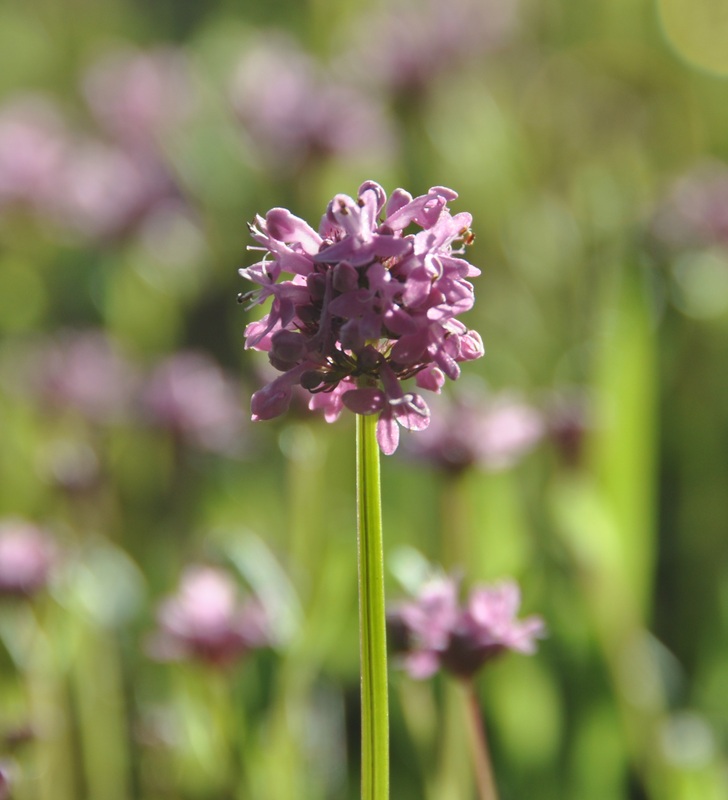
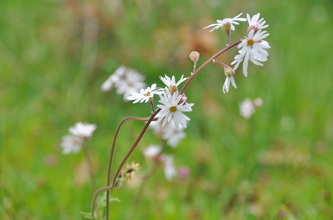
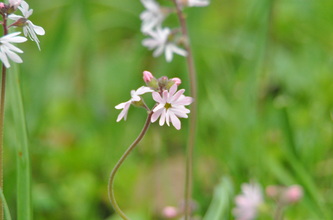
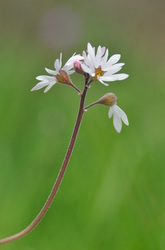
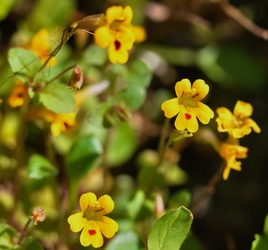
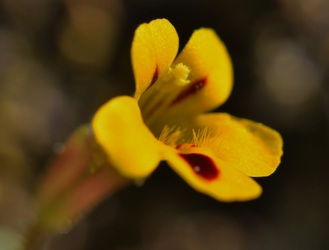
 RSS Feed
RSS Feed